People who lead active lifestyles understand knee pain will occur at some point. Participation in sports, training, or a fitness routine can create all types of problems for the knee.
Best Knee Specialist
From simple muscle strains to serious injuries, knee pain can abruptly halt one’s active lifestyle. Chronic pain may decrease participation in activities dramatically. Finding the best knee specialist in Tustin should be the next step.
Knee Injury Symptoms
Symptoms will vary with each person based on the degree of injury or the stage of the degenerative disease. The best knee specialist in Tustin – Dr. Howard Marans – will be able to determine if the symptoms are part of a larger problem.
• Pain is often the first indicator of an injury or disease
• The pain does not subside over time
• Simple knee movements may increase the amount of pain
• Swelling of the knee creating extra pressure and pain
• Difficulty standing or placing full weight on the knee
• Redness or tenderness to the touch around the knee area
After experiencing any knee injury symptoms, the decision to make an appointment with an orthopedic specialist should be a priority. Early diagnosis and treatment will help in achieving the desired outcome allowing the person to resume normal activities.
Common Knee Problems
The best knee specialist in Tustin will start with a precise diagnosis to determine the reason for the pain. Medical history, physical examination, x-rays, MRIs, and other imaging devices are primarily used.
• Arthritis commonly effects the knees of elderly adults
• Arthritis is a degenerative disease causing stiffness, inflammation, and pain in the knee joint
• Dislocated knee cap
• Bursitis occurs from overuse or repetitive motion of the knee joint
• The bursa sac swells, creating pain in the knee
• Knee ligament injuries
• Knee cartilage tears
Each type of knee problem will require a specialized treatment approach based on the patient’s diagnosis.
Treatment
In many cases, the only treatment available is surgery to repair the damage or help eliminate the painful symptoms of a degenerative disease. Milder injuries may be treated with non-surgical methods to help engage in the body’s healing process.
• Resting and avoiding activities that require knee movement
• Elevation of the knee with a pillow during times of inactivity
• Cold compresses for approximately 20 minutes every 4 hours or as directed by a healthcare professional
• Anti-inflammatory medication to help fight pain and reduce swelling
• Physical Therapy to allow the muscle to be strengthened to add to the flexibility of the knee
• Steroid injections to help reduce painful symptoms including swelling
Best Knee Specialist in Tustin
Each treatment option will depend on the findings of the initial ...
Read the whole post...
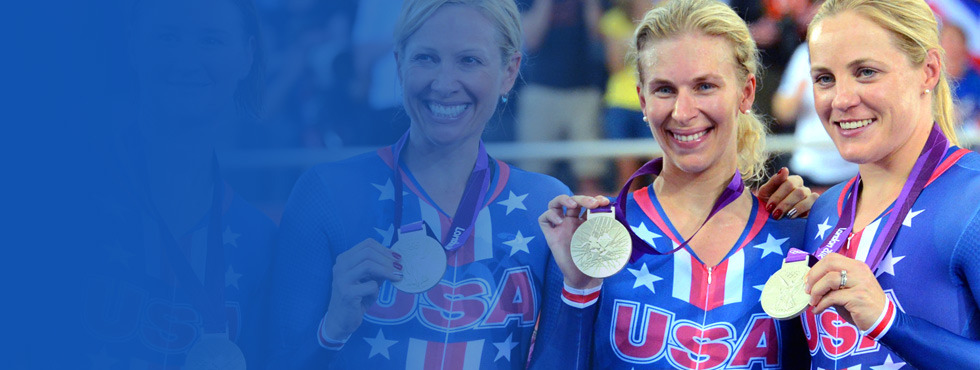

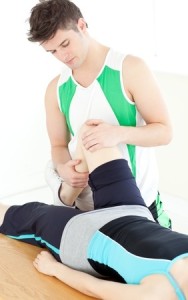
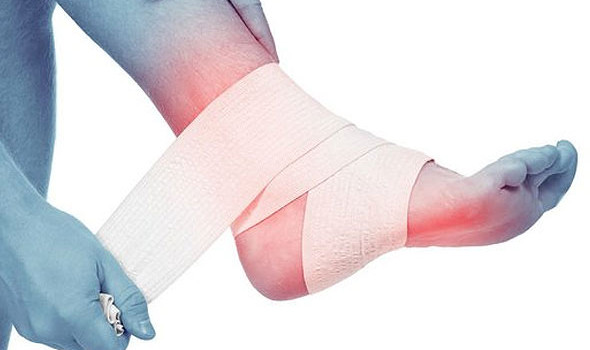
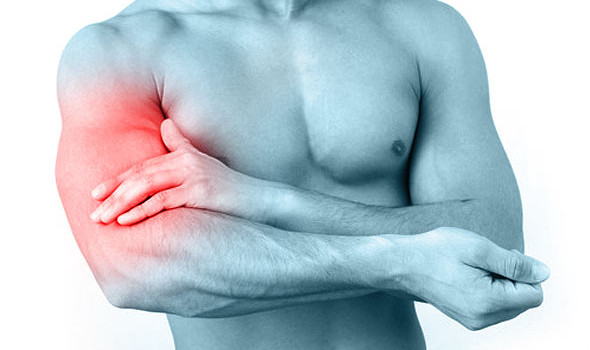
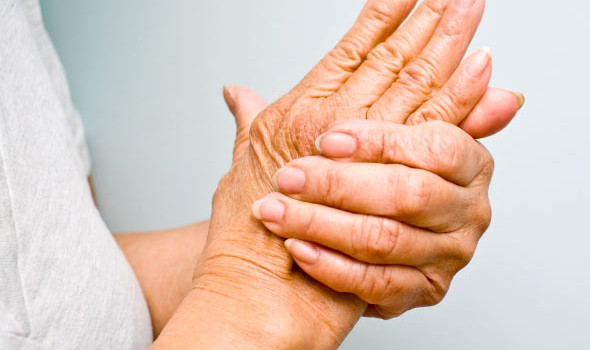
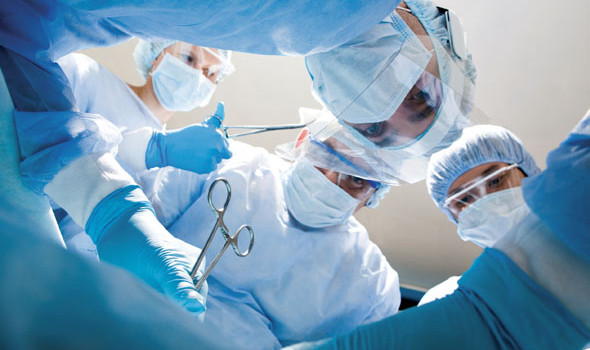
Last comments